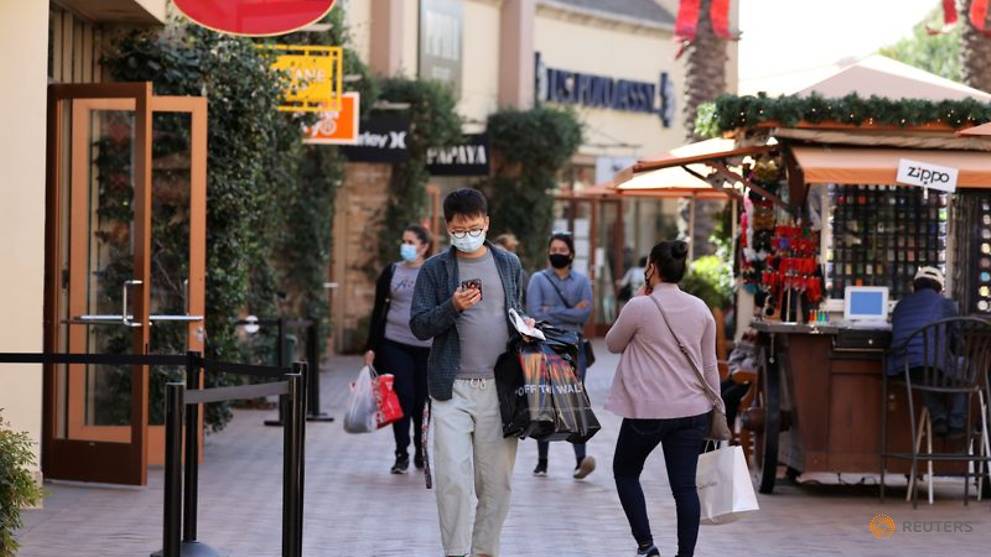Commentary: Don’t expect the economy to rebound to pre-pandemic demand
As the second vaccine shot
ชัวร์กว่าหวย รวยง่ายกับ Slotxo went into my arm, I could almost taste the instant gratification of deferred desires. Having done without for nearly
a year, it was time to indulge.
While I was lucky enough – actually, old enough – to be included in the first wave of inoculations, the rest of America is about to follow. The possibility that broader vaccine
distribution will lead to “herd immunity” by the end of 2021 is no longer fanciful.
And with the end of the COVID-19 nightmare, goes the argument widely discounted in financial markets, long-deprived US consumers can finally relax and enjoy
the glorious V-shaped recovery. If only.
PENT-UP DEMAND LARGELY SPENTThe concept of pent-up demand is well studied in economics. While it typically applies to the consumption of durable goods – cars, furniture, appliances, and the like –
it has also been used to describe residential construction activity and business investment in plants and equipment.
The idea rests on a basic premise of dynamic demand models known as the “stock adjustment” effect: An unexpected development that prompts a deferral of spending
on long-lasting items with a finite lifetime does not mitigate obsolescence (physical or technological) and the associated need for replacement.
AN UNDERCURRENT OF CONSUMER SKITTISHNESAt that point, however, pent-up demand should be exhausted. This is even more apparent when assessing the extraordinary power of the recent surge in consumer durables
relative to pent-up demand cycles in the past.
Since the early 1990s, recoveries in personal consumption have been relatively muted.
But in the seven cyclical expansions from the mid-1950s through the early 1980s, the release of pent-up demand boosted consumer durables’ share of GDP by 0.6
percentage points, on average, in the four quarters following business cycle troughs.